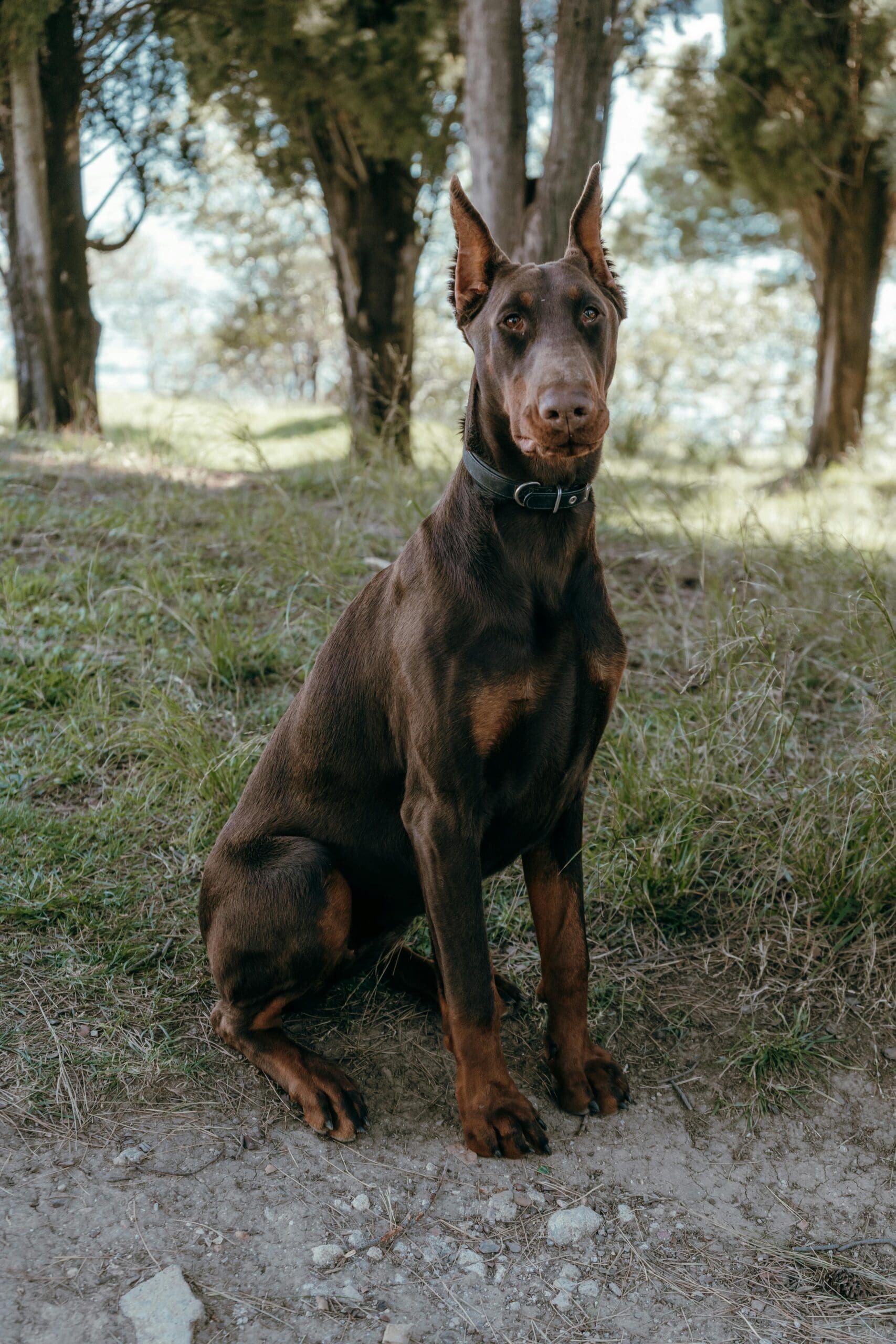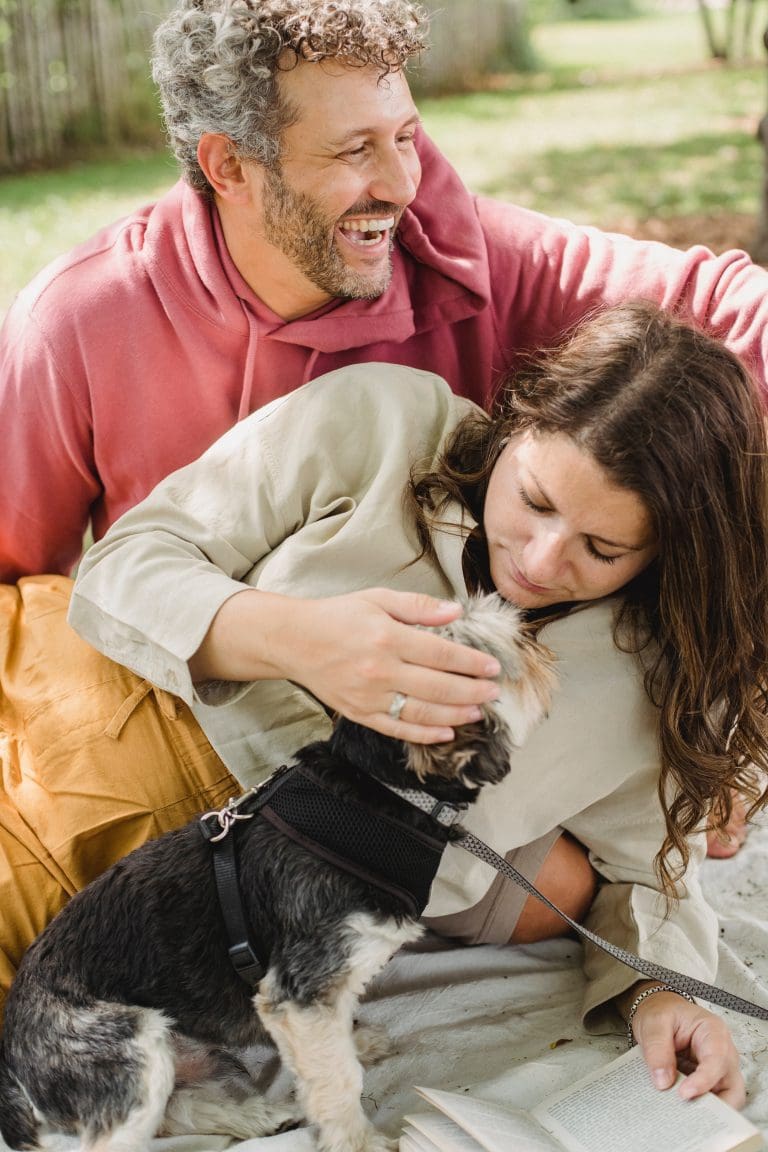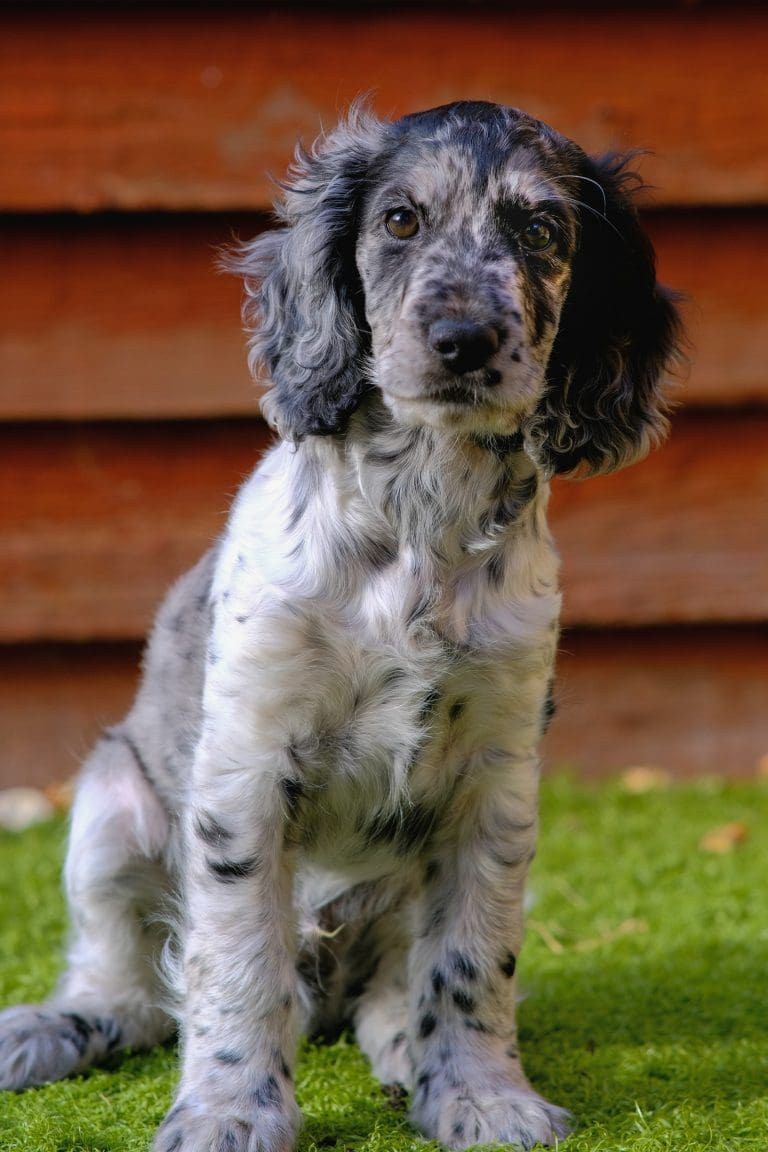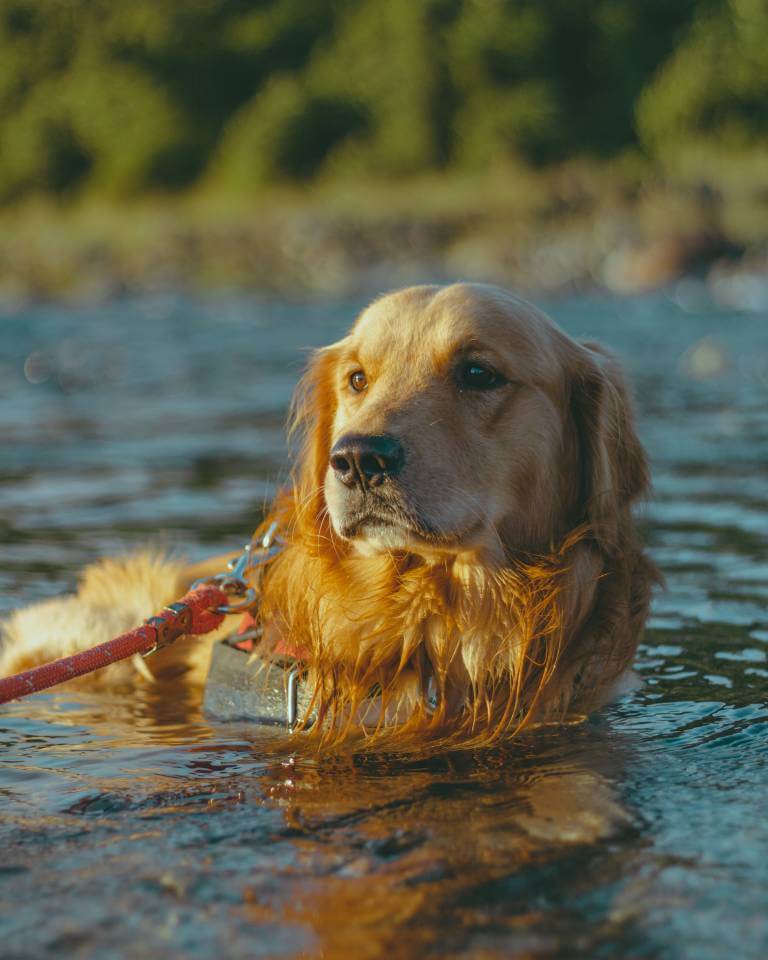What Is A Raccoon Dog?
Post Date:
December 10, 2024
(Date Last Modified: December 10, 2024)
The raccoon dog, scientifically known as Nyctereutes procyonoides, captures attention with its striking resemblance to both raccoons and dogs. Despite its raccoon-like appearance—complete with a masked face and bushy tail—this intriguing creature belongs to the canid family, which includes dogs, wolves, and foxes. Its blend of characteristics makes it a fascinating subject for animal lovers and wildlife enthusiasts alike.
Native Habitat and Adaptability
Native to East Asia, raccoon dogs inhabit countries such as Japan, China, and Korea. They have also established populations in parts of Europe, including Finland and Sweden, where they have adapted well to local environments. Their presence in these regions raises environmental concerns, as they may compete with native wildlife for resources.
Remarkably adaptable, raccoon dogs thrive in diverse habitats, ranging from forests to urban areas. This adaptability underscores their resilience as a species, allowing them to coexist with human developments effectively.
Nocturnal Behavior and Diet
Raccoon dogs are primarily nocturnal, being most active at night. This behavior helps them evade predators and forage for food efficiently. As omnivores, they have a varied diet that includes fruits, insects, small mammals, and carrion. Their foraging habits resemble those of raccoons, often seen rummaging through leaf litter or scavenging in urban settings, which blurs the lines between these two species.
Social Structure and Reproduction
While generally solitary, raccoon dogs can form small family groups, particularly during the breeding season. Mating occurs in late winter, with females giving birth to litters of four to six pups in spring. Both parents contribute to raising their young, teaching essential survival skills. This level of parental investment is notable among canids and highlights the strong family bonds within this species.
Physical Characteristics
Raccoon dogs possess a stocky body, short legs, and a bushy tail, resembling a blend of a raccoon and a small dog. Their thick fur varies in color from gray to brown, often featuring a distinctive mask-like pattern on their faces. This coloration aids in camouflage and enhances their resemblance to raccoons.
Challenges and Conservation
Despite their charm, raccoon dogs face numerous challenges in the wild. Habitat loss due to urban development and agriculture has severely impacted their populations. In some regions, they are categorized as invasive species, prompting control measures. Conservation efforts are crucial to ensure the survival of these unique animals in their natural habitats, without disrupting local ecosystems.
Human Interaction and Cultural Significance
Raccoon dogs have a complex relationship with humans. In some cultures, they are celebrated for their adaptability and resilience, while in others, they are viewed as pests threatening livestock. This dual perception can lead to conflicts, necessitating balanced management strategies that consider both human interests and wildlife conservation.
Culturally, raccoon dogs feature prominently in folklore and mythology, particularly in East Asian traditions, where they are associated with good fortune or trickery. Their distinctive characteristics have also inspired artistic representations, solidifying their status as intriguing wildlife.
Considerations for Potential Adopters
For those considering adopting a raccoon dog, it’s important to recognize that they are not typical pets. While they share some traits with domestic dogs, raccoon dogs have specific needs and behaviors that may not suit a household environment. They require ample space to roam and a varied diet to meet their nutritional requirements. Additionally, they may display challenging behaviors, such as digging and vocalizing, which can be daunting for inexperienced pet owners.
Embracing Coexistence
Understanding the role of raccoon dogs in the ecosystem highlights the importance of coexistence. Learning about their behaviors, habitats, and needs fosters a better relationship between humans and wildlife. By respecting these animals and their environments, we contribute to their conservation and help maintain the delicate balance of nature.
Raccoon dogs represent a remarkable species that exemplifies the complexity of wildlife. Their unique combination of canine traits and raccoon-like appearance makes them a captivating subject of study. As knowledge about these fascinating animals grows, so does the appreciation for the diversity of life on our planet and the necessity of preserving it for future generations.






